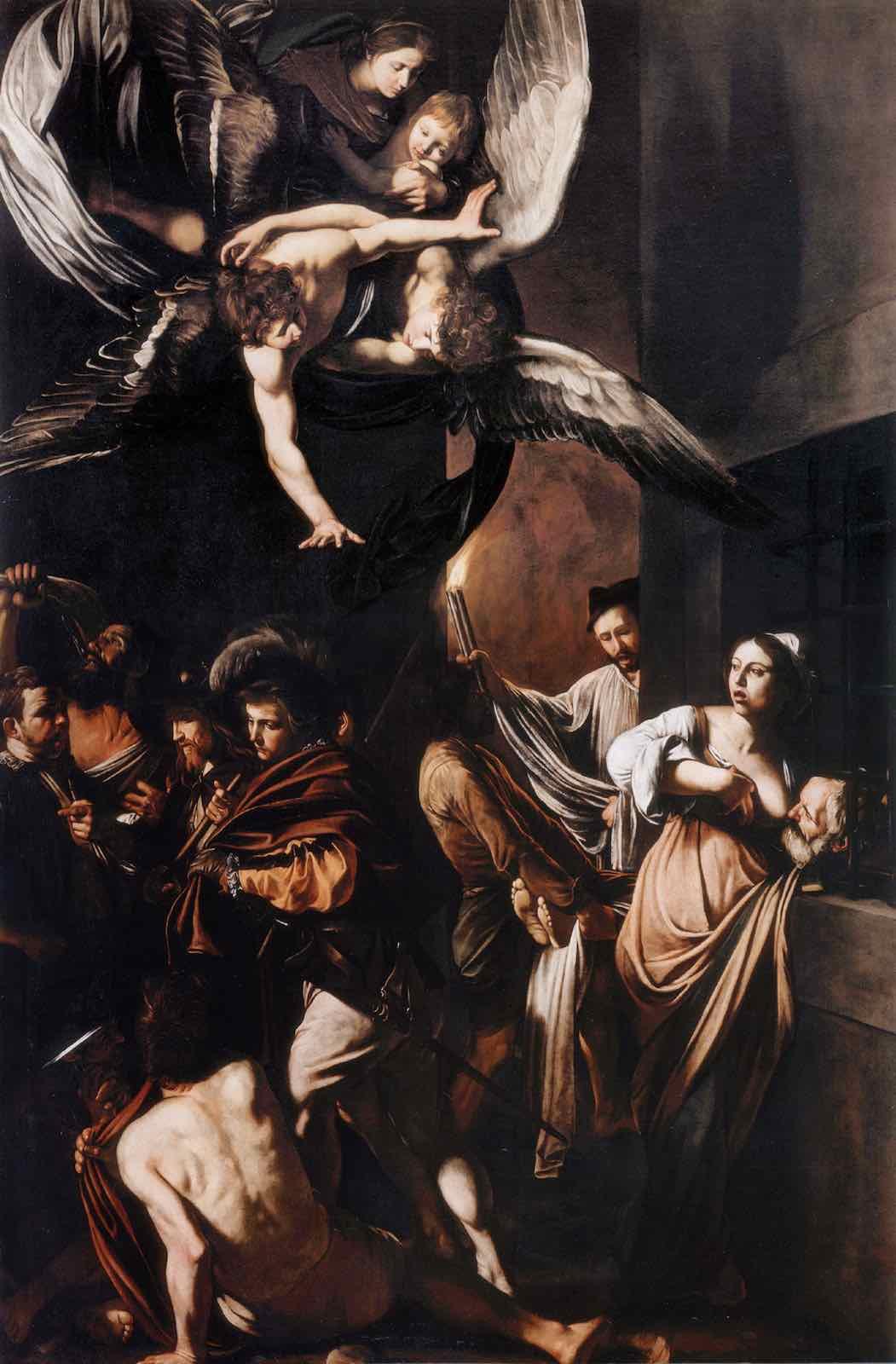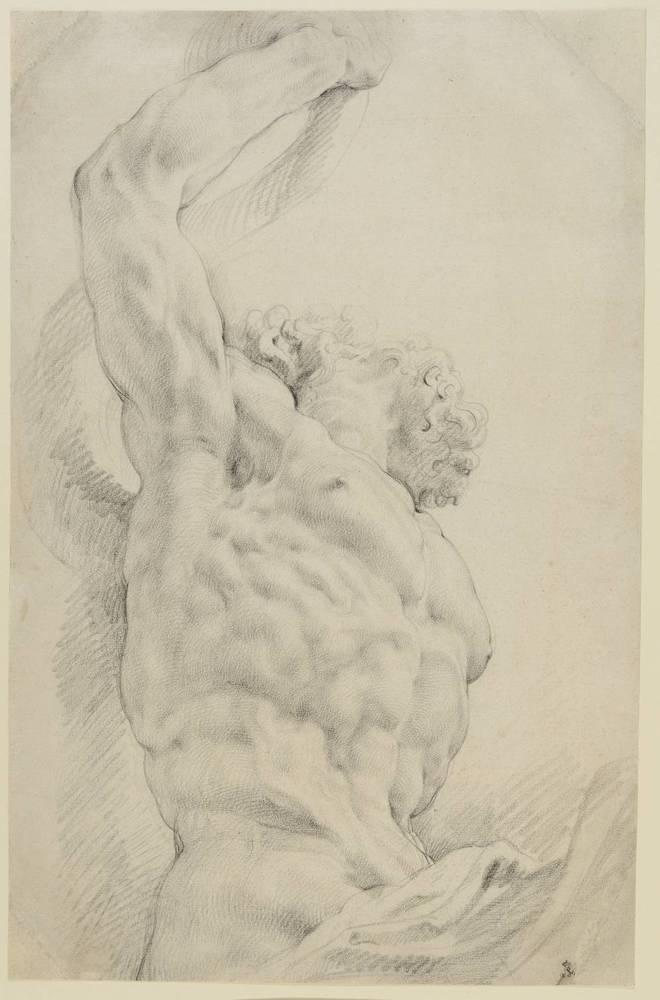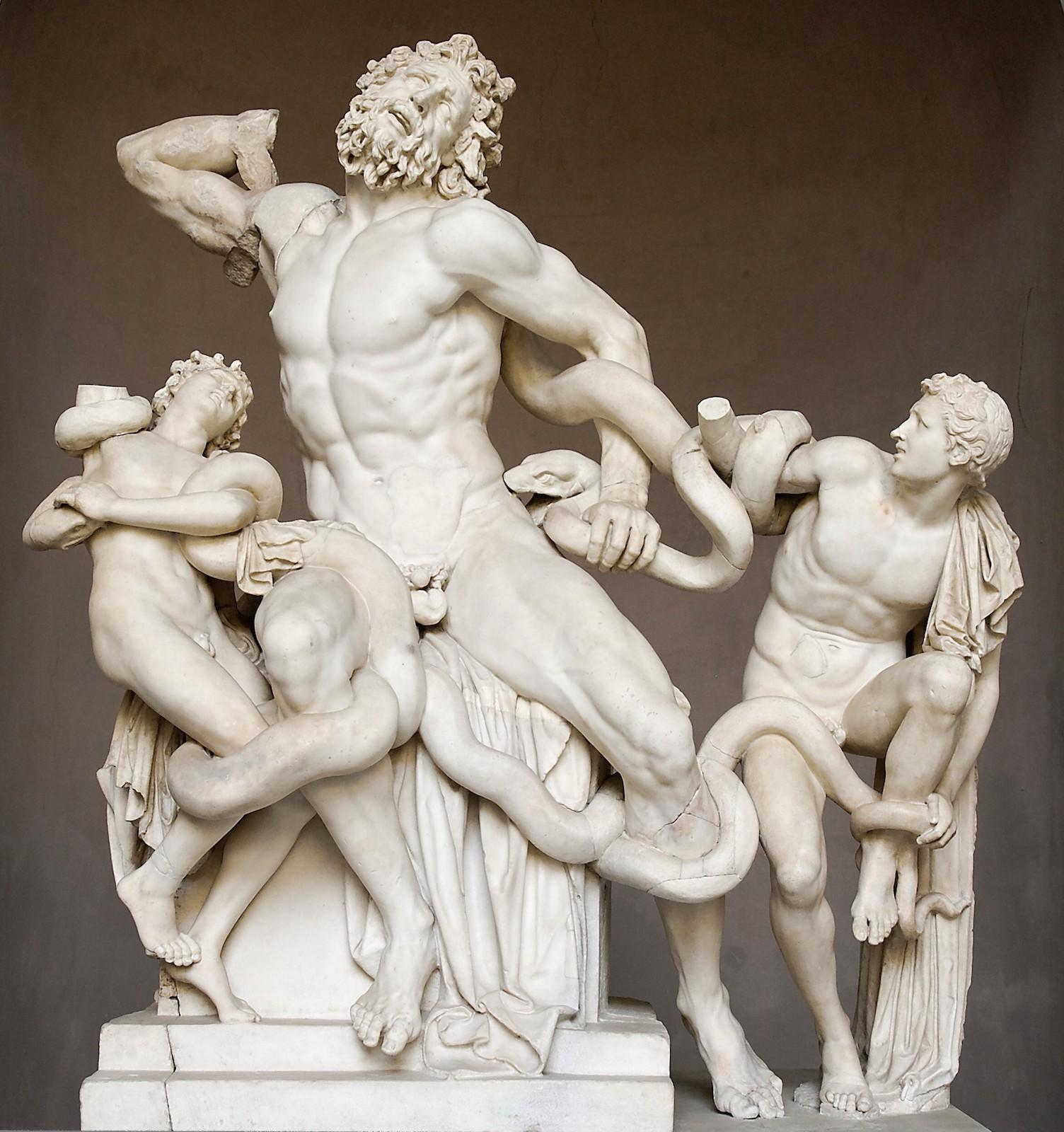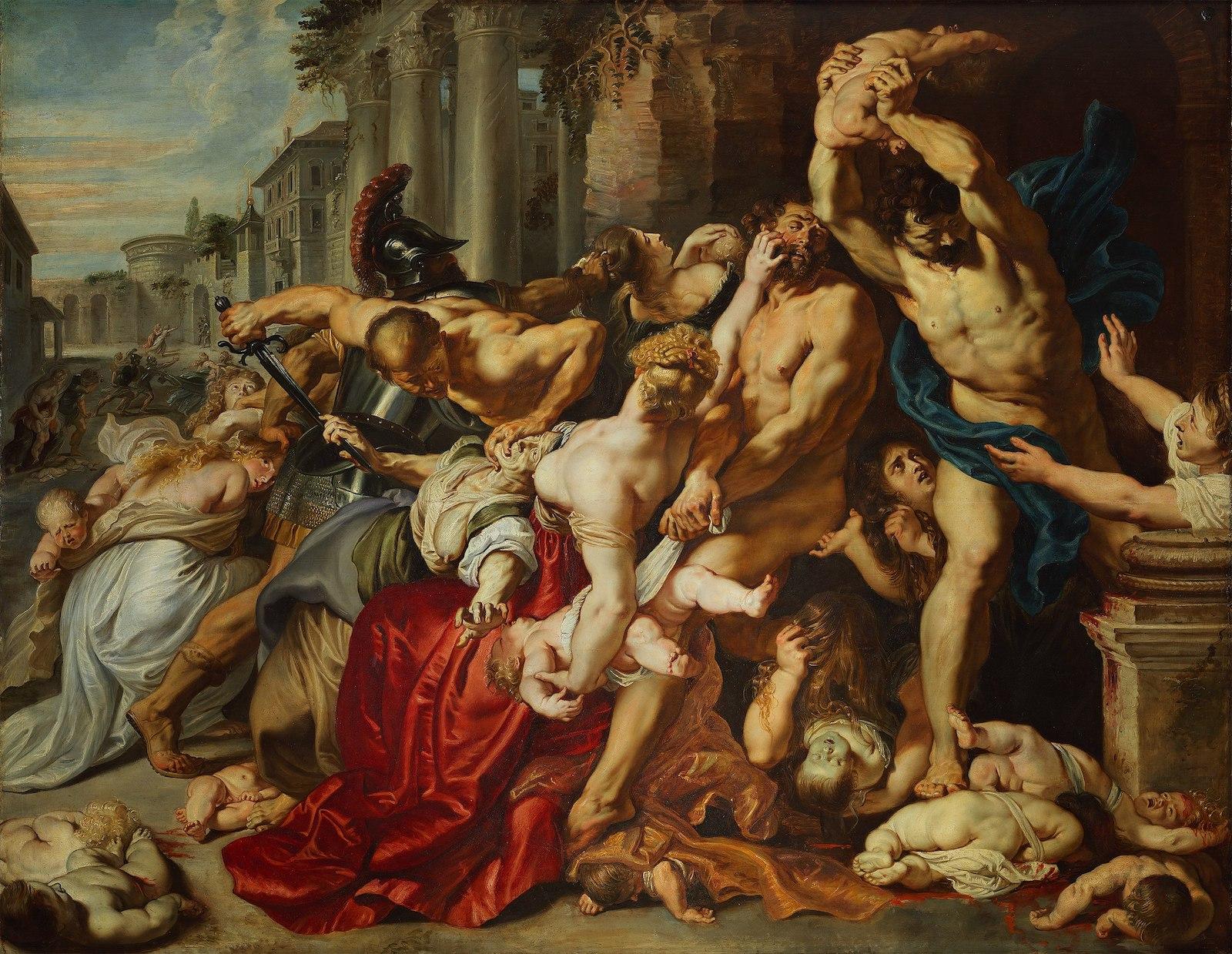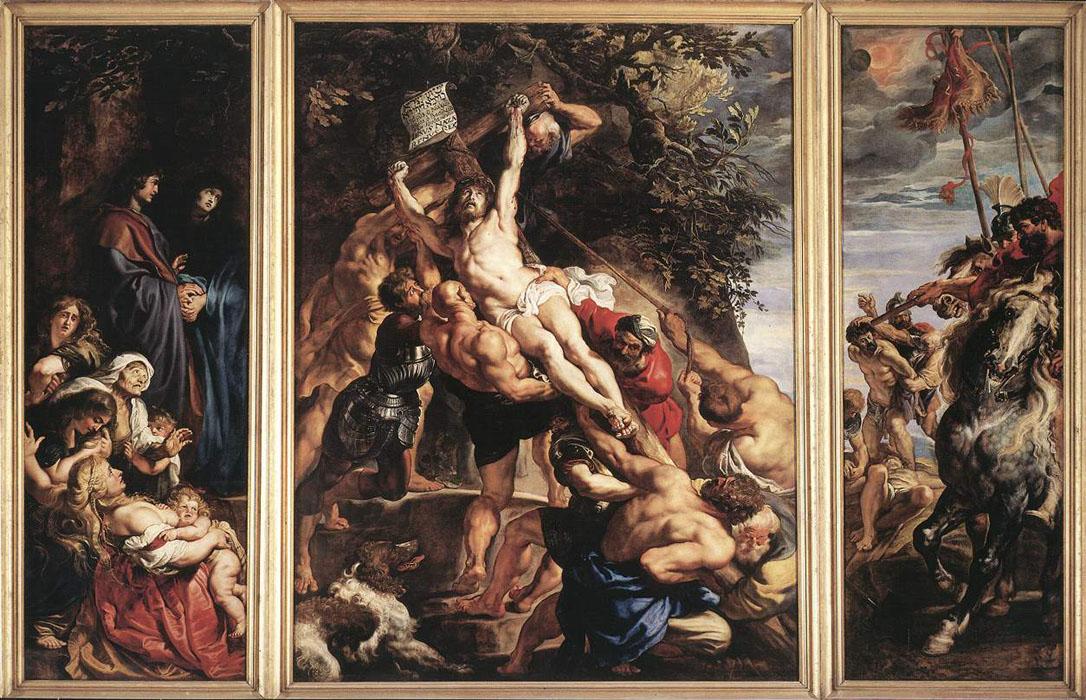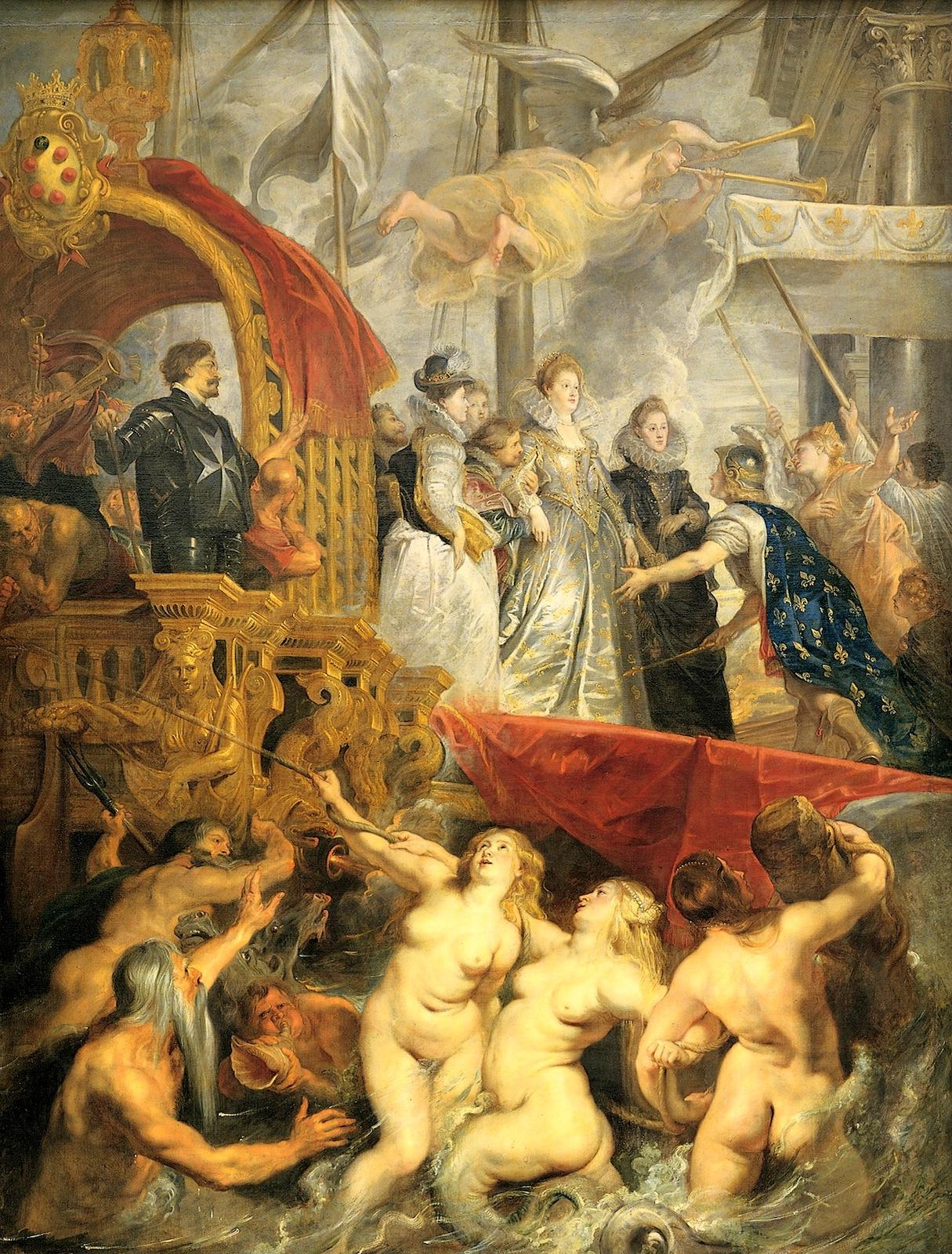Classically educated in the Humanist manner, Rubens studied various aspects of the ancient world through language, art, and literature. This early education lead to a great passion for classics and informed Rubens’ visual compositions throughout his life.
At fourteen, he apprenticed under noteworthy Flemish artists, including Tobias Verhect, Adam van Noort, and Otto van Veen, all of whom influenced his vast range of expertise.
Although an established member of the Guild of St. Luke by twenty-one, it wasn’t until Rubens’ tenure in Italy that he would blossom into the genius we know today. During his eight years abroad, Rubens worked as the court painter to Vincenzo Gonzaga, Duke of Mantua, where he continued enhancing his techniques through the study of classical sculpture, Venetian painting, and by working alongside the like of Caravaggio.
Breathing life with the stroke of black chalk on paper, Rubens’ drawing of the Greek sculpture Laocoön and his sons highlights the young artist’s precision of detail and expert theatricality. Elements of the contemporaneously popular Baroque style and the naturalism popularised by Caravaggio rounded out Rubens’ work.





